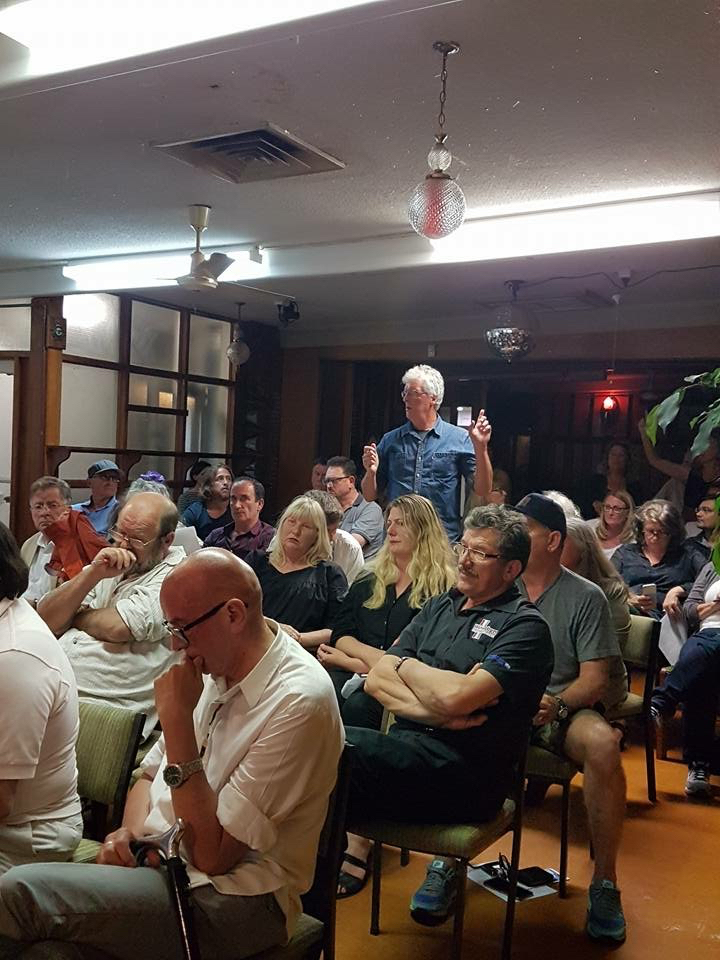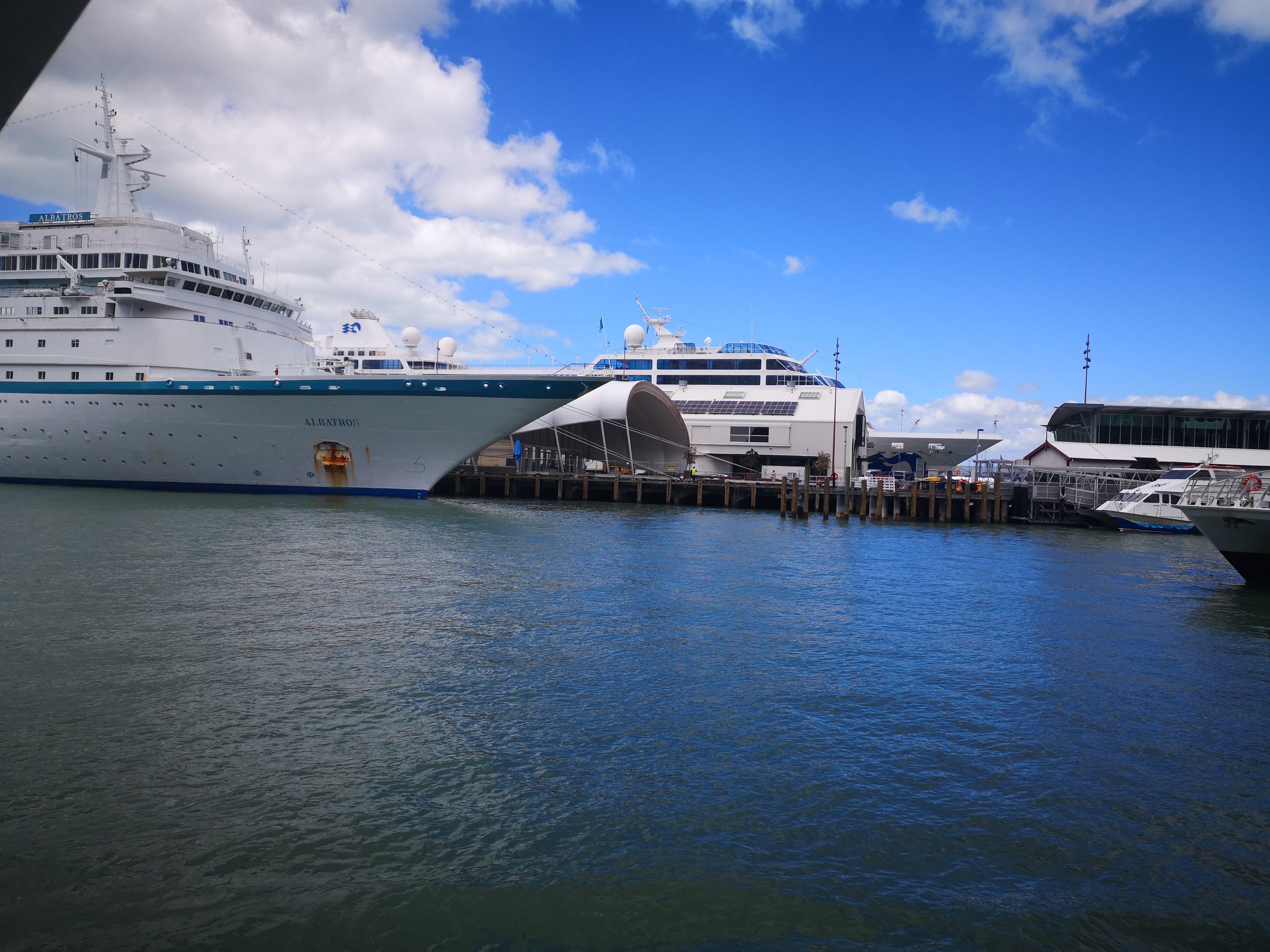Remembrance and legacy – Saving St David’s
The following is a speech I made at a very special commemorative event organised by Paul Baragwanath and the Friends of St David’s on Thursday 23 July 2015.
I wish to thank Paul Baragwanath and the Friends of St David’s for inviting me here to speak this evening. Apart from being the local ward councillor (Waitemata & Gulf) I am also the chairman of the Auckland Council’s Heritage Advisory Panel – and it was through this role that I first made the acquaintance of the remarkable Paul, the Friends, and of this wonderful church.
I want to talk about heritage – which another way of saying ‘remembrance’ and ‘legacy’ This is what this event this evening is all about. When you think about it ‘remembrance’ and ‘legacy’ are reciprocal terms presupposing a relationship, specifically our relationship – and our duty to the past and our obligation to the future. In this I am reminded of the words of the 18th century statesman Edmund Burke: ‘Our society is a contract between three interested parties, the dead, the living and the unborn.’
On this theme, the 20th century German art philosopher Walter Benjamin, went somewhat further when he wrote. ‘There is a secret agreement between past generations and the present one. Our coming was expected on earth. Like every generation that preceded us, we have been endowed with a weak messianic power to which the past has a claim – that claim cannot be settled cheaply.’
In this season of remembrance – during the centenary of the Great War, it is important that we acknowledge the claim of the past and our duty to honour that claim.
St David’s and what it stands for is an important element of that past. Not just a notable example of Auckland’s built heritage – but St David’s is also quite unique.
It was built as Auckland’s soldier’s church by the generation of returned Great War soldiers and by the bereaved and damaged families of the soldiers who never returned. Accordingly, its foundation stone was laid on ANZAC Day 1927; and when it was completed it was formally dedicated as ‘the Soldiers’ Memorial Church.’
St David’s was built with features, innovative for the time, for returned soldiers: a ramp for the wheel chairs of the disabled, specifically the many young men who had lost their legs, or who had been paralysed by battle wounds.
There are also electric listening posts along the pews for the many who returned with their hearing impaired.
A number of carved marble and gold-leaf embossed plaques inside the building remind of us the special relationship with the fallen of both World Wars. Another distinguishing feature are the beautiful stain glass windows. Among the most striking is a unique depiction of Christ among the Maori and blessing the people of Oceania and the people of Jerusalem. (The artist depicts Christ breaking through barriers of time and space between the Palestine of the time of his ministry, Aotearoa and the South Seas.)
The relationship with the military has been reinforced by the long association of the Royal NZ engineers with St David’s. The soldier’s church has stood resolutely and proudly on this site for more than 88 years.
In recent times the future of St David’s has been under some discussion – there are financial concerns and the need to adapt to a changing social environment. But a group of congregation members, led by Paul Baragwanath have made it clear that they wish St David’s to be retained and to this end they have formed the Friends of St David’s. Many thousands of Aucklanders would agree with their cause. Certainly my Heritage Advisory Panel does. We wish the St David’s parish community well in their endeavours to find a solution.
On the evening of ANZAC Day this year, (I know many of you were here for that event) which of course was the eve of the 100th anniversary of the Gallipoli landings, St David’s was reverently bedecked with a most special artwork. The artwork, by Max Gimblett ONZM, entitled ‘the art of Remembrance, comprises thousands of brass quatrefoils.
For the last three months, the spangled quatrefoils – as if to remind us of the true value of this building and what it stands for – has shone with a golden aura. The effect is particularly striking in the rays of the evening and early morning sun – bringing to mind the words of the Ode: ‘At the going down of the sun, and in the morning, we will remember them.’
Each quatrefoil has been silk-screen-printed with seven unique designs. I have remarked on their collective aura but taken individually each quatrefoil is the about the size of an outreached soldiers’ hand. The designs on each artwork are abstract – for some, they represent the human presence – perhaps even the splash of blood. For others they see in the quatrefoil, the form of a cross or the form of a flower.
This artwork was a gift from Max to the Friends of St David’s and to the people of Auckland – but it has captured the imaginations of people right across New Zealand.. There have been responses and messages from Invercargill to Kaitaia. The quatrefoils have been a very popular means of fund-raising and I am told there are still some available. The Art of Remembrance display comes to an end this Monday. On behalf of the people of Auckland I want to say to Max Gimblett – thank you.
And I also again wish to express my thanks and admiration to Paul Baragwanath and the Friends of St David’s.
Saving St David’s for future generations would be a noble way of honouring the claim the past has on us – to honour the fallen soldiers and that generation of Aucklanders who built this church.
To return to the theme of the Great War centenary, I wish to draw your attention to an auspcious forthcoming anniversary. The capture of the heights of Chunuk Bair in August 1915 was one of NZ’s greatest feats of arms and the nearest the ill-starred Gallipoli campaign came to military success. Hundreds of NZ soldiers – hundreds of Auckland soldiers – gave their lives in that heroic action. It was where Cyril Bassett earned the Victoria Cross. The centenary of the Battle of Chunuk Bair will be the 8th August, 2015. A memorial service and wreath laying to honour the memory of the fallen and the men who fought there, will be held at the Auckland War Memorial Museum at 11.00 am 8 August.
Lest we forget.







Hi Mike Lee,
Many many Thanks for such a wonderful article . But I have some query should I ask here?
Thanks Jennifer